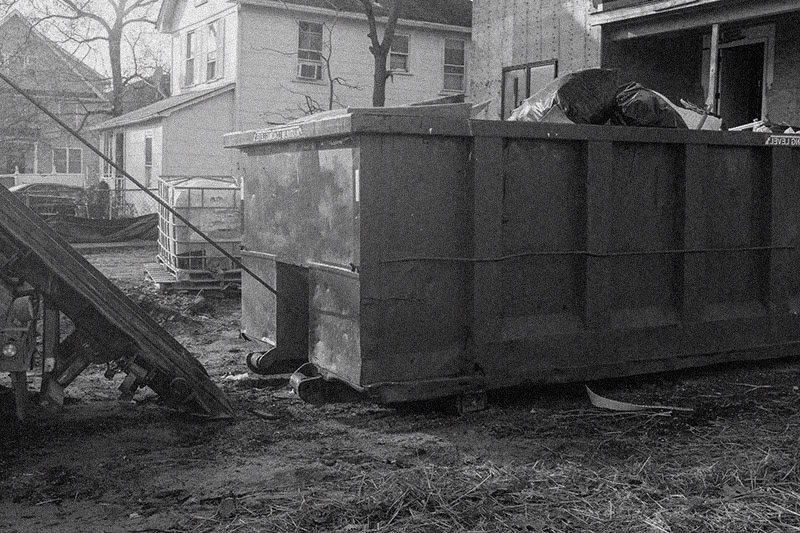Introduction
Preparing for a dumpster delivery can streamline your cleanup, renovation, or construction project. With a little upfront planning, you can avoid logistical hitches, reduce costs, and protect your property. Here’s your step‑by‑step guide to ensure everything runs smoothly from delivery to pickup.
Step 1: Choose the Best Placement
Select a flat, accessible spot—like a driveway or parking pad—close to your work area. Make sure there’s at least 10 ft of overhead clearance for the dumpster truck and permit space for easy loading. If you intend to place the dumpster on public property, check city requirements—your rental provider can also help with permit guidance.
Step 2: Prepare the Site
Clear the area of cars, outdoor furniture, or landscaping that may block access. To protect your driveway, lay down plywood or tarps under the dumpster area. Use cones, stakes, or chalk to mark the exact placement spot for the delivery driver.
Step 3: Know What Can and Can’t Go In
Sort your debris in advance to avoid prohibited items like hazardous chemicals, tires, batteries, or electronics.
Step 4: Load Efficiently
Maximize space and avoid overage charges by loading smartly: break down large items, place heavy materials at the bottom, and fill from one side to the other. Keep debris below the rim for safety and compliance.
Step 5: Arrange Pickup or Extensions
Once full, contact your rental company to schedule pickup. If the job runs longer, ask about flexible rental extensions in advance to avoid extra fees—and make sure you don’t exceed the agreed rental period.
Why Preparation Pays Off
- Smoother delivery and pickup process
- Protection for your driveway and property
- Efficient loading saves time and money
- Compliance with local rules and permits
Frequently Asked Questions (FAQs)
- How much space do I need? Allow a minimum of 10 ft wide by 20 ft long, with around 10 ft of overhead clearance.
- Do I need to be present? It’s best, but not required. Just clearly mark the placement location if you’re not on-site.
- What if there isn’t a paved surface? You can place the dumpster on dirt, grass, or gravel. Laying plywood underneath helps prevent sinking or damage.
- Can the dumpster be moved after delivery? No. These units are heavy—attempting to move them can cause accidents or property damage.
- Do I need a permit? Permits are usually required for placement on public property. If it’s on private property, you’re typically fine—but always check local regulations.
Conclusion
Taking the time to prepare before your dumpster arrives ensures a safer, cleaner, and more cost-effective process from start to finish. Planning placement, sorting debris, and loading properly will save you headaches down the line. When you rent from a trusted provider like Capital Disposal in Austin, you get more than a dumpster—you get expert guidance to make your cleanout effortless.

